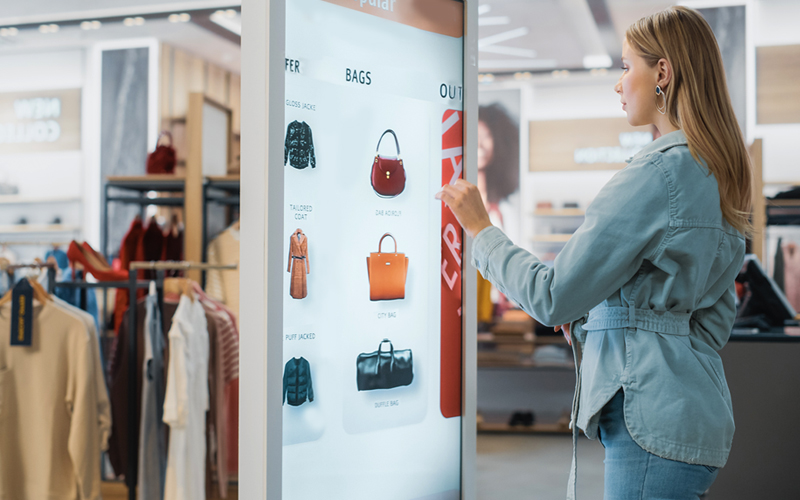In this blog, we discuss how retailers worldwide can create a distinct emotional connection with their customers and build effective marketing strategies by leveraging consumer data optimally. By adopting data-backed, empathy-driven marketing initiatives, retailers can now not just woo their customers for short-term gains but create a generous pool of brand loyalists for long-lasting associations.
Navigating Crossroads & Meeting Evolving Needs
The United States is home to the top three retail companies in the world, namely Walmart, Amazon, and Costco. In 2022, the total retail market of the United States reached a revenue of over seven trillion U.S. dollars. 1 – Statista
Today, retailers find themselves at a crossroads between customizing marketing communication and ensuring customers’ privacy and security. Retailers must leverage data-driven insights to understand and fulfill their customers’ diverse requirements. The evolving expectations of consumers demand harnessing the power of data to both craft compelling brand narratives and deliver personalized offers and experiences. By tapping into consumer data, retailers can provide genuine, human-centric advice, guiding customers toward their goals with authenticity and relevance. Data is, indeed, the building block of a well-managed and executed marketing strategy.
As retailers look to woo price-sensitive consumers in 2024, loyalty will have to be earned. To make that happen, trust will need to be the cornerstone of their profitability playbook. 2 – Deloitte
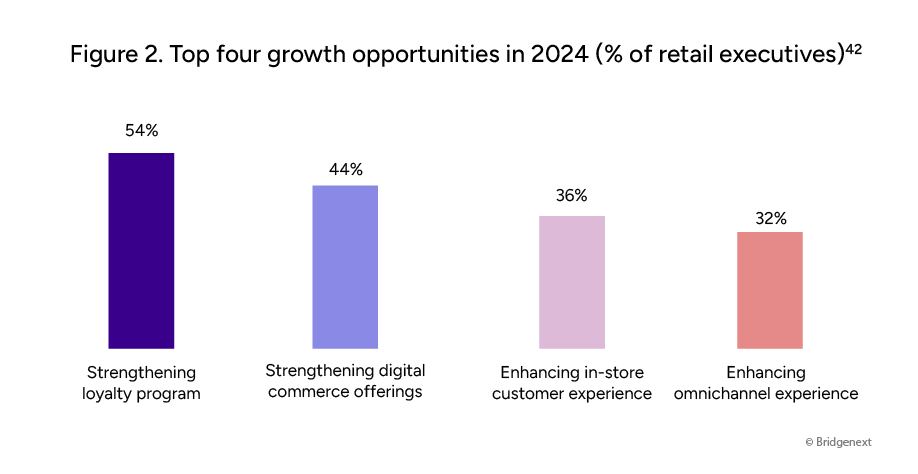
Rethinking Consumer Loyalty with Brand Attachment
“If people believe they share values with a company, they will stay loyal to the brand.” – Howard Schultz
Brand attachment fosters a sense of commitment and allegiance among customers, leading to increased loyalty and repeat purchases. It is a widely observed fact that customers who get emotionally attached to a brand are more likely to remain loyal, even in the face of competitive offerings or price fluctuations.
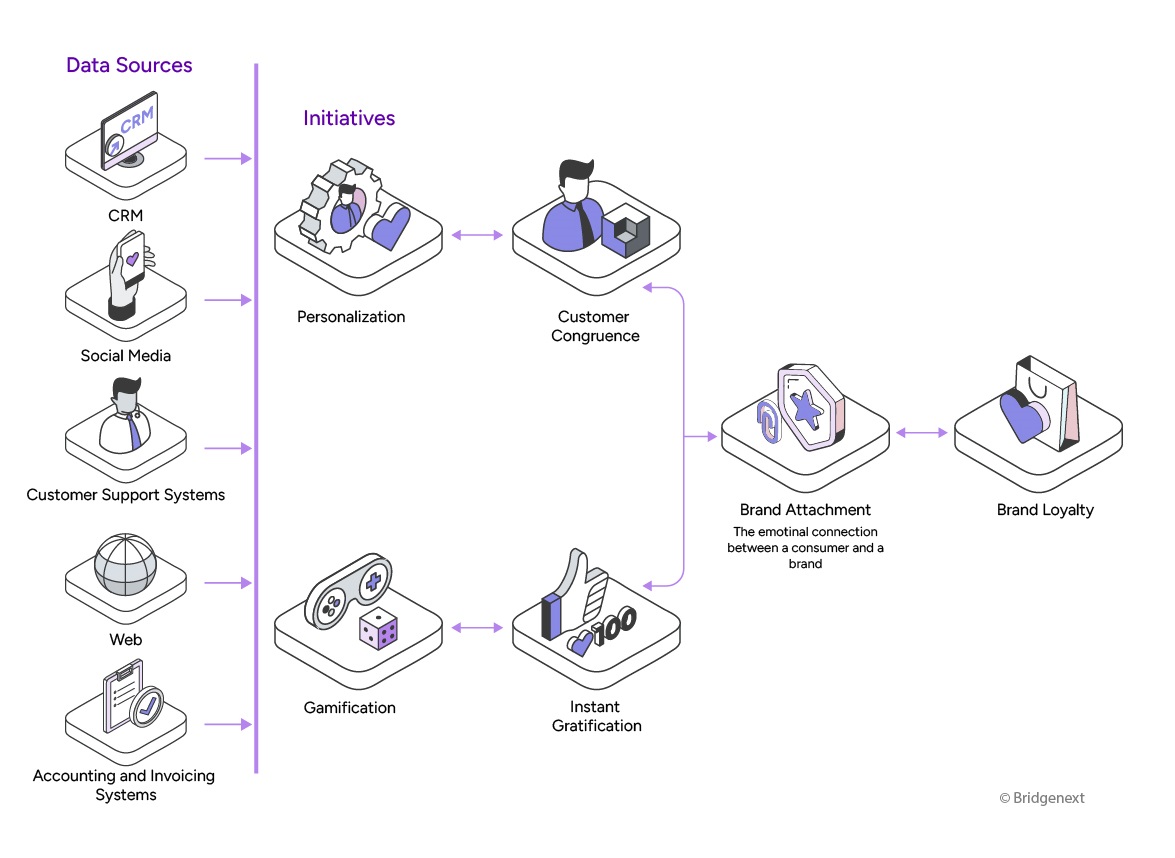
As seen in the above infographic, organizations accumulate consumer data through several ways and means, called ‘data sources’. The most prevalent include the retailer’s website, its brand presence on popular social media platforms, customer support forums, and client relationship maintenance platforms. This data originates when consumers interact with any of the brands’ channels, including mobile and web apps, social media networks, support systems, accounting, and invoicing systems. By analyzing consumer data sources, organizations can deliver personalized marketing communication to their customers. Furthermore, leveraging technology can supercharge personalized marketing initiatives.
Before exploring how technology and marketing initiatives create emotional connections with consumers, let’s examine some popular retailer strategies for boosting customer engagement and loyalty.
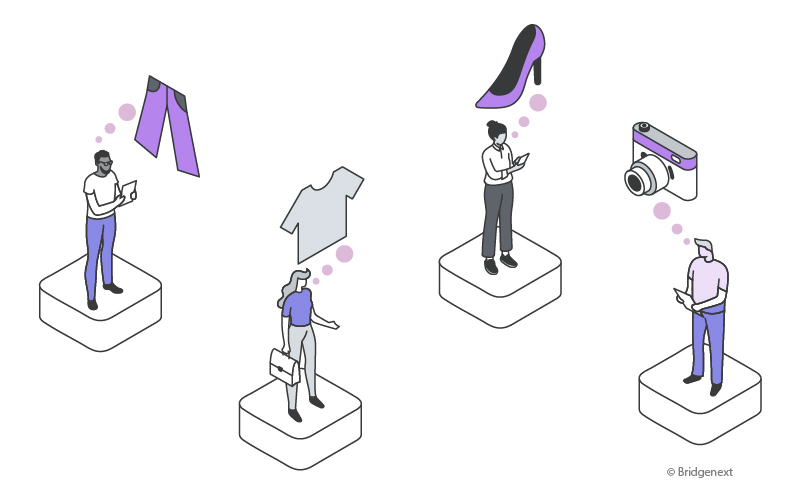
1. Personalization: This practice involves using data and insights about a customer’s past interactions, demographics, interests, purchase history, and other relevant information to deliver targeted and relevant offerings. Personalization enhances customer experience, increases engagement, fosters loyalty, and ultimately drives conversions and revenue by providing customers with more meaningful brand interactions.
Use case: Sephora
Sephora’s Beauty Insider Program utilizes customer purchase history to offer tailored product recommendations through its online platform and mobile app. Additionally, members receive personalized discount coupons and freebies based on their previous purchases, preferences, and beauty profiles. By leveraging data analytics and customer insights, Sephora enhances the shopping experience, drives repeat purchases, and fosters brand loyalty among its customers.
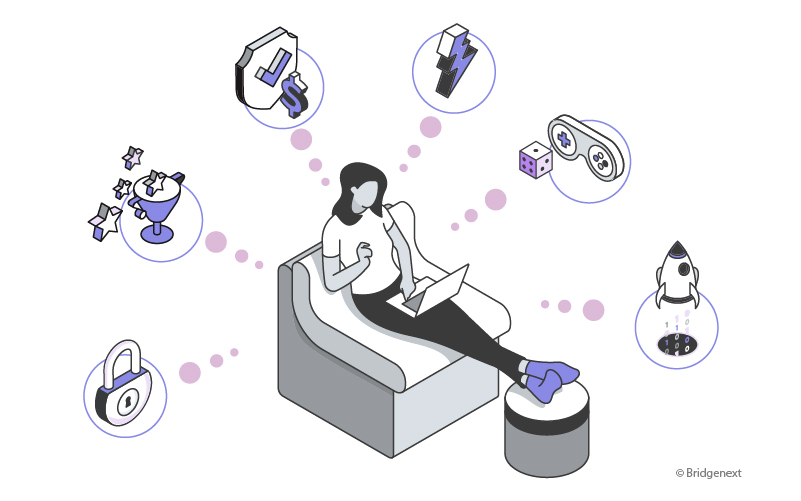
2. Gamification: Some brands integrate gaming tactics, such as points, rewards, challenges, and competition, into marketing campaigns, websites, or apps, to engage and motivate customers. The goal of gamification is to increase customer participation, loyalty, and brand interaction, ultimately driving desired behaviors such as purchases, referrals, or social sharing.
Use case: McDonald’s 3
Customers collect Monopoly game pieces from McDonald’s to win prizes like food items and cash rewards. They get pieces by buying specific menu items or mailing in requests. The game, held yearly, creates excitement and brings customers back to McDonald’s for more chances to win. This promotion, known as Monopoly, increases foot traffic and strengthens brand loyalty.
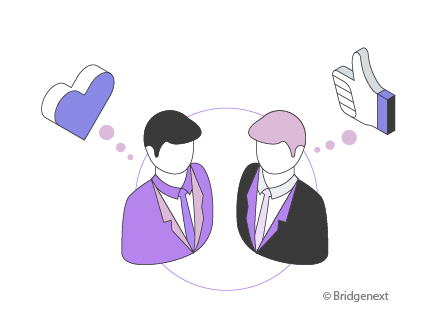
3. Customer Congruence: This relies on emphasizing alignment and harmony between a brand’s offerings, messaging, values, and overall identity, and the preferences, needs, values, and behaviors of its target customers. It fosters stronger connections between the brand and its customers, leading to increased satisfaction, loyalty, and engagement.
Use case: Rothy’s shoes 4
Rothy’s commitment to sustainability with shoes made from recycled materials resonates with environmentally conscious consumers. Similarly, brands advocating against animal testing or prioritizing clean ingredients also strengthen brand loyalty among this demographic.
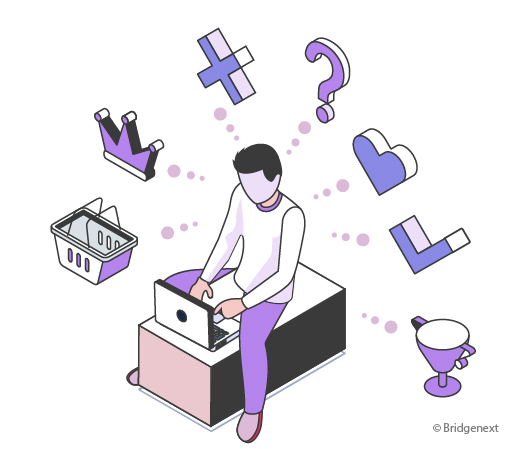
4. Instant Gratification: This enables immediate fulfillment of a customer’s desires, needs, or wants upon engaging with a brand’s product, service, or marketing initiative. It capitalizes on the human tendency to seek immediate rewards or benefits without delay. By offering instant gratification, marketers seek to enhance customer satisfaction, engagement, and loyalty, as well as encourage prompt action.
Use case: Starbucks
Starbucks Rewards Program offers instant gratification to customers through its “Star Dash” challenges. Members can earn bonus stars for completing specific tasks such as making a certain number of purchases within a limited time frame. These bonus stars can be redeemed for free drinks or food items, providing immediate rewards, and incentivizing continued engagement with the brand.
Now, let’s explore ways of conducting marketing initiatives by developing emotional connections with consumers.
Leveraging Technology to Strike a Chord with Customers
80% consumers are more likely to make a purchase when the experience is personalized.6 – McKinsey
It’s the era of personalization. Through comprehensive data analysis, companies are uncovering valuable insights into consumer habits, and interactions across various touchpoints.
With this knowledge, brands can personalize their offerings, communication, and experiences more effectively by tapping into their customers’ emotional motivators. This enables them to resonate with their target audience on a deeper level. By delivering bespoke solutions, businesses can foster stronger emotional connections and trust.
When a company connects with customers’ emotions, the payoff can be huge. Yet, building such connections is often more guesswork than science. To remedy that problem, the authors have created a lexicon of nearly 300 “emotional motivators” and, using big data analytics, have linked them to specific profitable behaviors. They describe how firms can identify and leverage the motivators that will maximize their competitive advantage and growth.7 – HBR
The table below shows how retailers can apply prominent data initiatives to achieve their marketing objectives in alignment with their efforts toward customer loyalty.
| Buying Intent > Dominant Emotion | Marketing Initiative | Customer Loyalty Initiative | Data Initiative |
|---|---|---|---|
| Feel distinct > Pride | Executive membership programs | Gamification |
|
| Feel future-assured > Optimism | Personalized product recommendations | Personalization | |
| Experience a sense of peace and fulfillment > Contentment | Personalized shopping journeys | Personalization | |
| Experience autonomy > Liberation | Priority to product availability | Personalization | |
| Experience inclusivity > Camaraderie | Referral programs | Gamification | |
| Manifest the ideal self-image > Aspiration | Priority in collaborations and limited-edition releases | Gamification | |
| Feel safe and protected > Confidence | Ascending levels of loyalty programs | Gamification |
Success Story: Nike provides personalized and omnichannel experiences using data-driven insights 8
Nike offers an omnichannel shopping experience with a personalized loyalty program driven by consumer data. By analyzing this data, Nike tailors its offerings to individual preferences and needs, enhancing the overall shopping journey for members. This personalization extends to physical stores, where it provides exclusive benefits based on consumer insights. Members can enjoy perks, such as skipping checkout lines and accessing locally tailored assortments. This data-driven approach has resulted in enhanced customer satisfaction, improved brand loyalty, and a seamless shopping experience across all touchpoints. Here’s how Nike’s flagship NYC store pioneered a transformative shopping experience with three innovative initiatives:
- Through the “Speed Shop” program, Nike Plus members enjoy the convenience of reserving locally tailored “NYC favorites” and retrieving them with their member passes, instilling a sense of pride as they feel distinct with their personalized selections.
- With “Shop the Look,” customers can effortlessly scan QR codes to check availability and request delivery, fostering contentment as they experience a seamless and fulfilling shopping journey.
- Finally, “Instant Checkout” empowers members to skip the cash register line, evoking feelings of liberation as they experience autonomy and save valuable time during checkout.
Together, these initiatives reflect Nike’s commitment to elevating the customer experience through personalized convenience and emotional resonance.
Bridgenext: Your Technology & Marketing Partner
At Bridgenext, we take a holistic approach to data engineering that enables our clients to better understand consumer behavior. With this understanding, they align behavioral insights with the emotional aspects of target personas, driving brand loyalty and tangible benefits. Our advanced data accelerators and data platform management services infuse analytics-driven intelligence into your core business operations to drive innovation, improve operational processes, and create incredible digital experiences. Increase your company’s market value and leverage our AI and analytics solutions to monetize and maximize your data.
Stay tuned for our upcoming blog to learn how data-related technologies and services can help you achieve the desired results.
References
1 www.statista.com/topics/5922/retail-market-worldwide/
2 www2.deloitte.com/us/en/pages/consumer-business/articles/retail-distribution-industry-outlook.html
3 www.talon.one/blog/mcdonalds-monopoly-a-masterclass-in-promotions
4 rothys.com/pages/sustainability
5 bootcamp.uxdesign.cc/starbucks-gamifying-the-coffee-buying-experience-212acc6b40eb
6 www.mckinsey.com/industries/retail/our-insights/personalizing-the-customer-experience-driving-differentiation-in-retail
7 hbr.org/2015/11/the-new-science-of-customer-emotions
8 hbr.org/2022/03/customer-experience-in-the-age-of-ai



